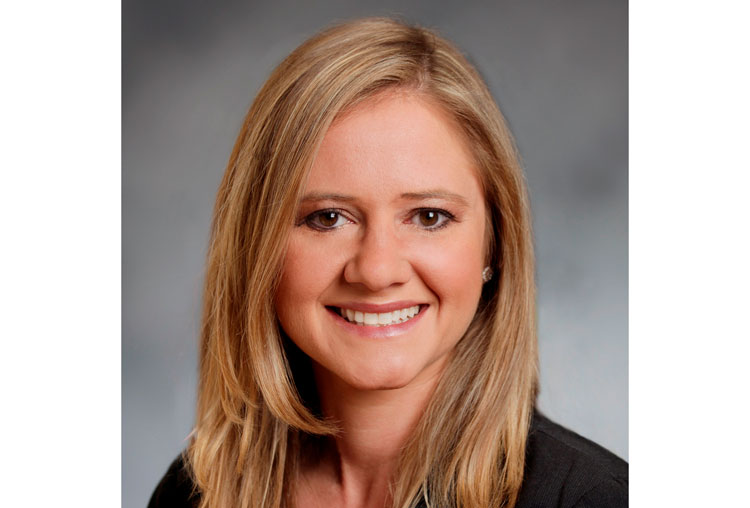By Jessica Johnson, BOK Financial
In the United States we’re on the verge of a senior living boom. In less than 10 years, by 2030, all baby boomers — totaling about 73 million people — will be older than age 65, according to the United States Census Bureau.
With that boom comes a crisis in seniors housing. Owners, operators and investors face multiple challenges going forward, such as labor shortages, consolidation, inflation and rising costs, including for new construction — all while revenues have not kept pace. Even as the pandemic recedes, many families remain reluctant to reconsider senior living with the tragedy of COVID-19 still a fresh and painful memory.
Operators will continue to see an increasing shortage of labor to provide quality care. Between February 2020 and January 2022, the assisted living workforce shrank 6.7 percent and employment in long-term care dropped to a 15-year low, according to an analysis of U.S. Bureau of Labor Statistics data by the American Health Care Association (AHCA) and the National Center for Assisted Living (NCAL). Operators have tried to fill the gaps with agency staffing and overtime, resulting in higher labor expenses.
While the pace of seniors housing consolidation has slowed somewhat, there have still been a significant number of deals in the sector. According to data from Irving Levin Associates, there were 127 seniors housing and care M&A transactions in the first quarter of 2022, a 9 percent decline from a record 140 transactions in fourth-quarter 2022. The total number of deals in the first quarter this year was still 51 percent higher than the 84 transactions in first-quarter 2021.
At over 8 percent, inflation is the highest in 40 years, increasing costs for everyone. Specifically in terms of construction, the cost per gross square foot to build a mid-level independent living community ranged from $196 to $236 as of the second quarter of 2022, compared to a range of $183 to $216 per gross square foot last August, according to a report from Weitz Co., a construction firm. Costs for mid-level assisted living projects ranged from $226 to $306 per gross square foot versus $212 to $272 for similar projects last year, the report says.
Investors and facility owners also need help financing improvements and navigating state-by-state regulatory requirements that make it harder to consider additional locations.
Given this financial picture, owners, operators and investors are looking to the banking industry for help. Fortunately, there are some creative loan structures that help bridge the gap between today’s financial challenges and a more stable future operating environment.
Leverage the future impact of rate increases
By providing copies of new rate letters, many lenders are able to give credit for permanent rate increases that have been approved but not yet reflected in the facility’s historical operating performance. However, keep in mind that any temporary rate increases with a defined expiration date may not be able to be included in cash flow/facility valuations.
Advance term loans/term loans with an earn-out
These structures allow the borrower to close on a larger loan than the property could otherwise support based on current performance. A lesser loan amount is advanced at closing with a future “earn-out” that can be paid at a later date once a facility achieves stronger operating performance. This financing allows the borrower to ultimately have access to a higher loan amount without incurring the cost and time of a renewal/increase at a later date.
Real estate revolver loans
This structure allows borrowers to pool any excess equity across their properties and utilize it to move quickly on new acquisitions without going through the typical requirements necessary to finance real estate. It involves pooling multiple assets to support a single revolving line of credit. Advances against the line of credit are supported by a borrowing base equal to the collective appraised value of the pooled assets, discounted at a pre-defined margin, often equal to 25 to 30 percent. New properties can be added to the pool at a later date, which then increases the borrowing base and availability on the line of credit.
As the number of seniors rises, so it seems do the financial challenges in the seniors housing sector. By taking advantage of some of the current financing structures available, owners and operators can help secure a brighter future for their facilities’ growth and expansion.
Jessica Johnson is managing director of healthcare banking at BOK Financial, a regional financial services company headquartered in Tulsa, Oklahoma with $100 billion in assets under management and administration.

